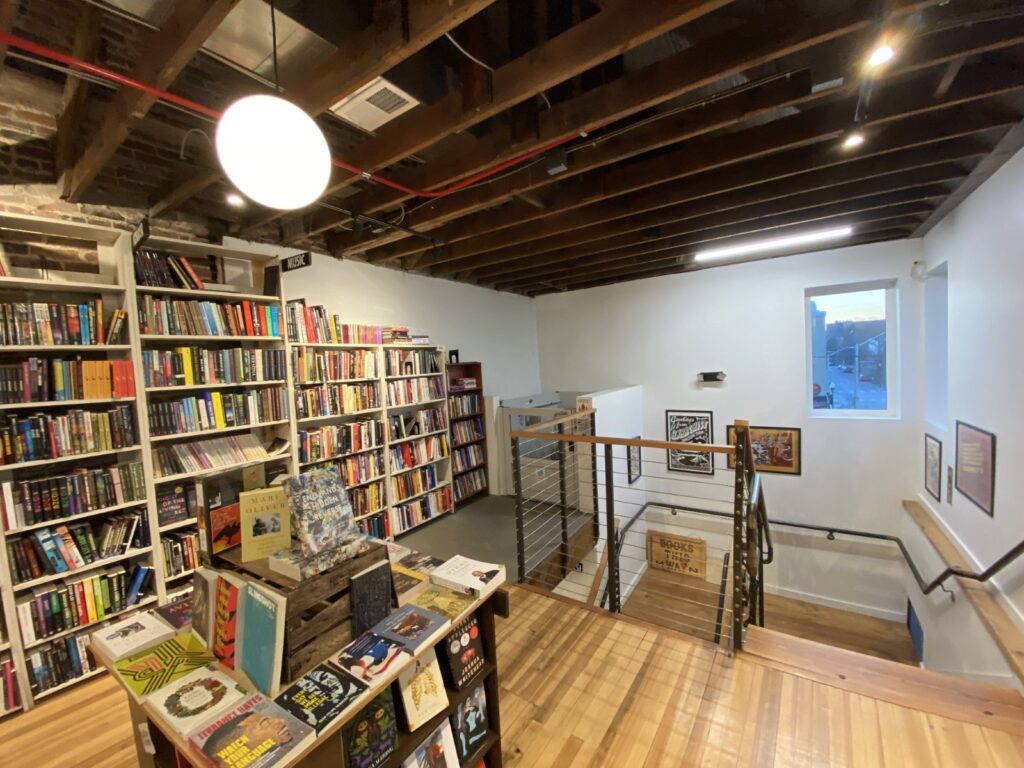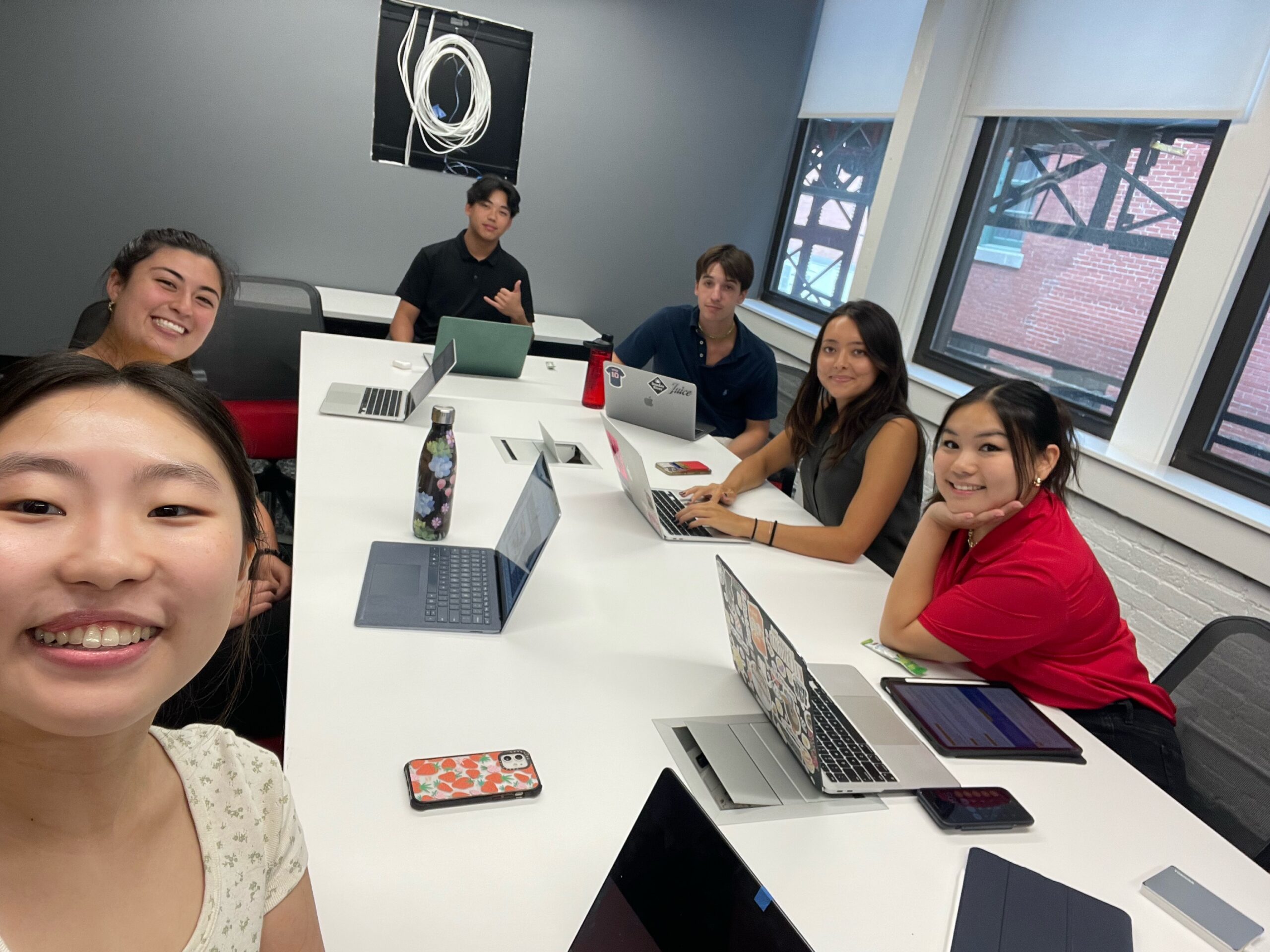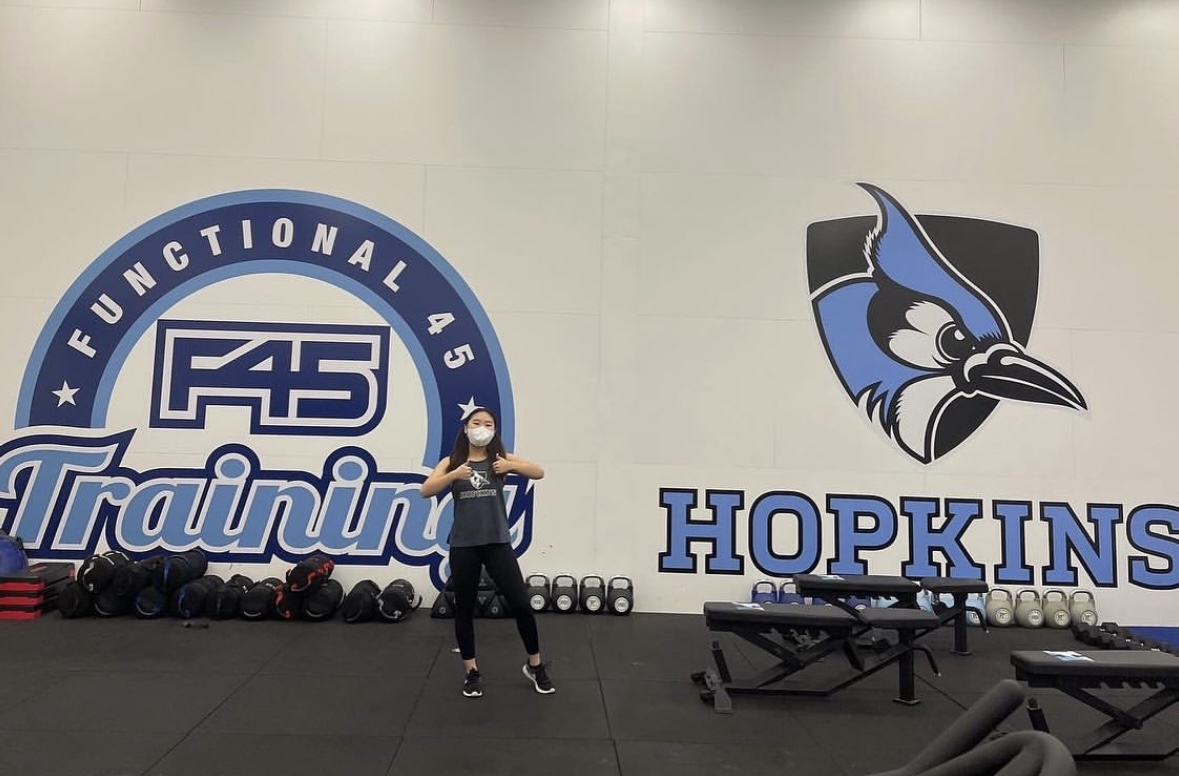
I wasn’t a big book reader before college. However, I’m a huge fan of comic books, and with that means buying the weekly releases. Back home, I had my comic bookstore, the one I always went to whenever I picked up a new issue. And with the dwindling number of comic stores nationwide, I was concerned Baltimore wouldn’t have what I was looking for.
I was met with a lot of solid options of local bookstores. Now, like I said, I wasn’t a big book reader, but bookstores tended to have an OK selection of popular comic book graphic novels, ignoring recency. And while I was still looking for a comic-specific store, my interest in books developed after meeting one of my new best friends during orientation week. She loves novels, which motivated me to check out what the local area had to offer.
Our first stop was Red Emma’s—a 19-minute walk from campus. It’s a bookstore/cafe serving vegan foods and coffee as well as a community-event space. My friends and I decided we needed a change of scenery for studying and decided to see what Red Emma’s was all about. I was incredibly impressed with the entire place. Besides their great comic section, they had two floors of unconventional genres you would never find at a Barnes and Nobles. It was my first time seeing a bookstore with sections lined with books about anarchism, Afro-Diaspora, labor unions and organizing, and other important topics seldom talked about.

The first floor of Red Emma’s
My golden-nugget find was upstairs, where they had a whole category dedicated to metal and punk music, two genres of music history I’m passionate about. I was in awe of the selection—they even had novels dedicated to the history of punk genres that get overlooked by most people even within the subculture, such as New York hardcore. This was a short-lived genre from the 80s to 90s influenced by the crime-ridden streets of New York and North Jersey cities.

The upstairs floor of Red Emma’s
Outside the books, the cafe area was expansive with really nice dim mood lighting, which not only acted as a great study spot, but also had pretty good food. We were lucky that day because we got to see how the space is used for community events. There were two speakers presenting their write-up on the history of Planned Parenthood and how it reshaped the abortion debate of today. It was incredibly informative and really touching to see how many members of the audience engaged with the discussion and even purchased the piece to discuss it further with the authors.
Our journey to local shops didn’t stop there. Eventually we landed in the Hampden neighborhood at Atomic Books, a store that focuses on indie comics and graphic novels. It’s also where famous underground director John Waters, creator of black comedy indie classic “Pink Flamingo,” goes to pick up his fan mail. The shop wasn’t very large, but they managed to cleverly use every inch of it. The store followed a “mullet-ideology” (a term I just coined) of interior design: business in the front with their wide selection of books, indie graphic novels, and zines (independently published magazines and comics), and party in the back with an out-of-the-way bar at the rear. While I can’t review the bar for you all, their stock, while not up my alley, had a lot of options for people who have a hard time finding books that interest them in chain bookstores. It’s a place that prides itself on its wide selection of indie and local artists’ works.
That being said, I managed to find an amazing comic bookstore called Collector’s Corner in Parkville, a suburb right outside of Baltimore. It’s a place that doubles as a comic store and a small retro game arcade on the basement floor. I went there with one of my friends around the third week of fall semester. After fumbling about the Baltimore transportation system, we finally made it. The selection was vast, with new releases, manga, graphic novels, and back issues—previous single-issue releases—lining every wall in the store. Luckily for me, they have store-wide sales every other Thursday. Not so lucky for my friend, we stayed a lot longer than he probably expected. Upon checking out, they handed me a “Cool Points Card,” which is their rewards card where you can receive a stamp for every $50 dollars spent Thursdays through Sunday. Looking at my card now, I didn’t even remember getting two stamps that day; I’m wincing now calculating how much I spent, but the number of books I got for that price, and how much fun I had that day dominating my friend in retro arcade games, made it all worthwhile.
My journey to find a comic store ended in me developing a real appreciation for what bookstores have to offer. My time at Red Emma’s started a weeks’ long stint of purchasing a whole bunch of novels that’ll take me a couple of months to get through. But it made me realize how much of a fun world there is in literature that, unconsciously, required reading in grade school made me forget. What started with finding comics ended up starting a whole new chapter of how I engage with stories and developing a new hobby, and I wouldn’t have it any other way.




